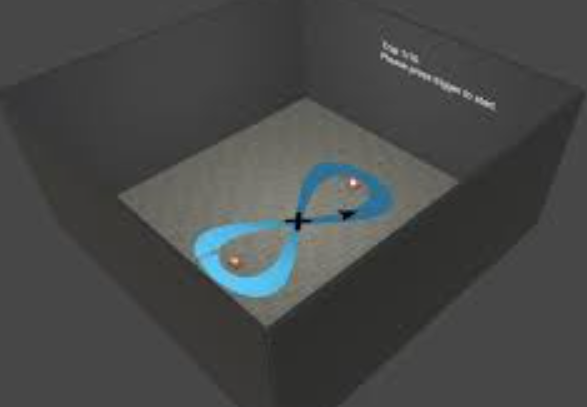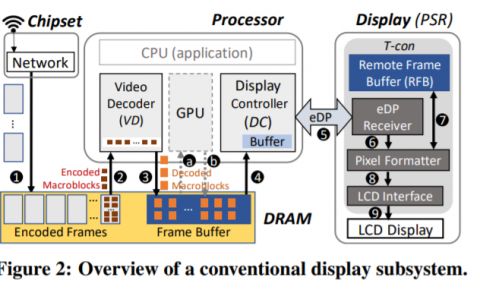Virtual vs. Physical Navigation in VR: Study of Gaze and Body Segments Temporal Reorientation Behaviour
PubDate: August 2019
Teams: Univ. Rennes;Technische Universitat Wien
Writers: Hugo Brument; Iana Podkosova; Hannes Kaufmann; Anne Hélène Olivier; Ferran Argelaguet

Abstract
This paper investigates whether the body anticipation synergies in real environments (REs) are preserved during navigation in virtual environments (VEs). Experimental studies related to the control of human locomotion in REs during curved trajectories report a top-down reorientation strategy with the reorientation of the gaze anticipating the reorientation of head, the shoulders and finally the global body motion. This anticipation behavior provides a stable reference frame to the walker to control and reorient his/her body according to the future walking direction. To assess body anticipation during navigation in VEs, we conducted an experiment where participants, wearing a head-mounted display, performed a lemniscate trajectory in a virtual environment (VE) using five different navigation techniques, including walking, virtual steering (head, hand or torso steering) and passive navigation. For the purpose of this experiment, we designed a new control law based on the power-law relation between speed and curvature during human walking. Taken together our results showed a similar ordered top-down sequence of reorientation of the gaze, head and shoulders during curved trajectories between walking in REs and in VEs (for all the evaluated techniques). However, the anticipation mechanism was significantly higher for the walking condition compared to the others. The results presented in this paper pave the way to the better understanding of the underlying mechanisms of human navigation in VEs and to the design of navigation techniques more adapted to humans.


